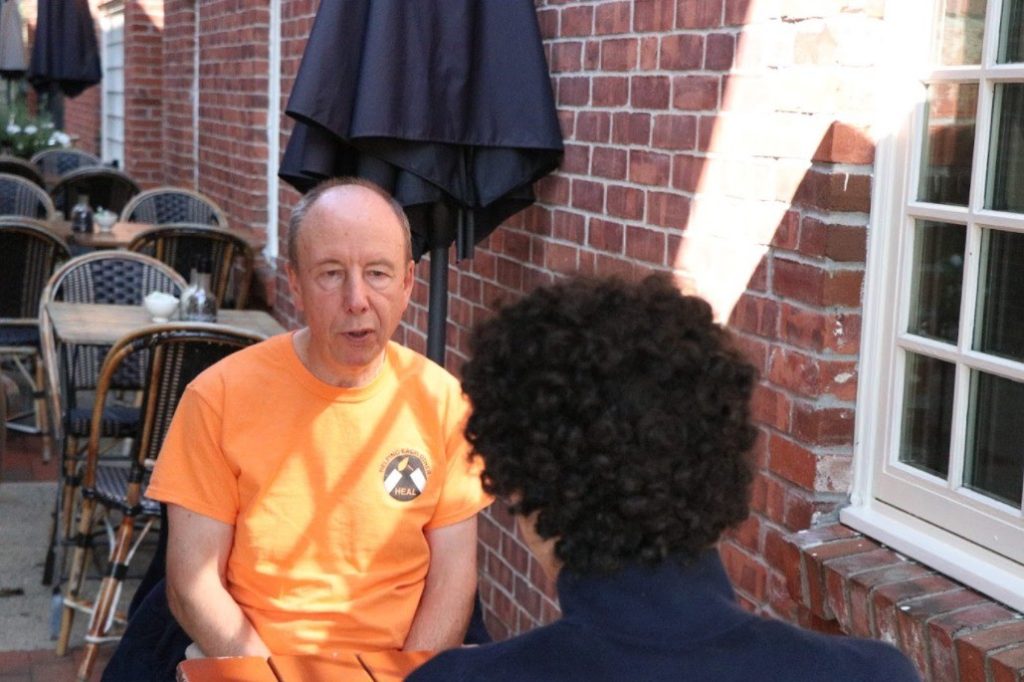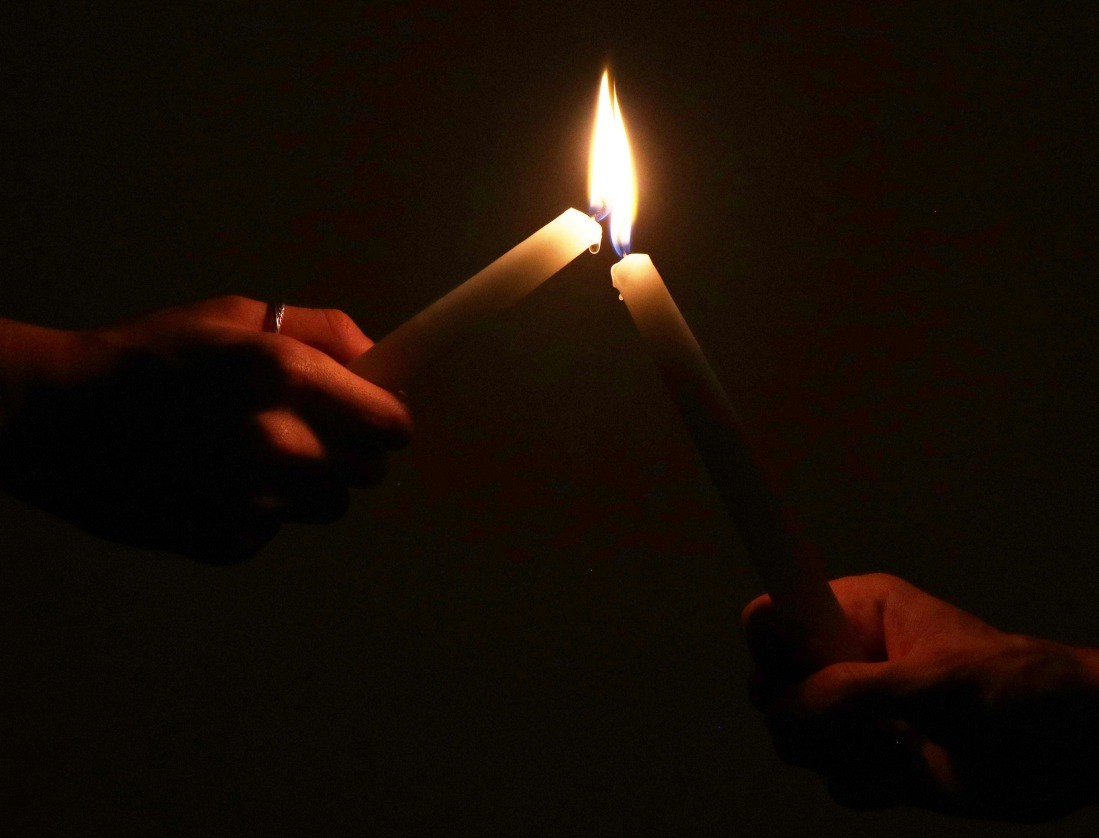Malek Sidani, Senior Reporter
@mmscourant
This September held the 5th Annual Community Addiction Awareness Vigil. Each year the local vigil is a time for the community to come together: to remember lives lost, spread awareness about the dangers of addiction, and make help for those struggling with addiction more accessible in whatever form it may be.
What exactly is addiction? Paul Reinhardt, the founder of the vigil as well as a support group for parents of kids with addiction issues, describes it as a “disease” that takes over the brain. Mr. Reinhardt started doing addiction-based community work after losing his son Evan to overdose in 2015. Mr. Reinhardt says addiction is something we fall into when we see our life start to get difficult (I say “we” here, because as I’ll get into later, anyone can be an addict).
According to Sydney Haydu, a speaker at the vigil and NCHS senior, drug use becomes an addiction “when you go back to something over and over again, something that’s harmful, in order to cope with the way things are. When I think of addiction I think of coping. I think of trying to get away from whatever’s going wrong with life.”
Addiction is something that finds you when you’re lost.
For those under 21, addiction is especially dangerous, both because of underdeveloped brains and the high risk of poor mental health. Eileen Donellan, a social worker at NCHS, says the pandemic is a good example of circumstances that lead people to addiction. “Last year, kids being isolated from their peers and going through covid and going through a lot of the losses that came with having to isolate and quarantine certainly was a cause of strife and anxiety,” Ms. Donellan said. “So it was a time when some people did look to alternative sources of alcohol or other drugs to feel better.”
How can we properly reach out to those with addiction? Organizing community-wide events aimed at spreading awareness and support as Mr. Reinhardt has done is great for fostering a safe environment. When it comes to reaching out on a personal level to those you know, Mr. Reinhardt says it can be much simpler (especially if the aforementioned environment is already established).

“The whole idea of the vigil was having this community pledge where we say when there’s someone you know that’s struggling, you don’t have to try to cure them, all you’re trying to do is get them to engage, and maybe it’s not taking full responsibility but if they engage and they have a conversation with you and then talk out loud, they might choose treatment,” Mr. Reinhardt said.
Getting those who are struggling with addiction to open up and seek help is a key part of the path to recovery, and the seeds for taking such a step can be sowed long before addiction sets in.
“One of the ways we’re trying to improve the overall wellness of students is by rolling out instruction about emotional intelligence: the importance of knowing what you’re feeling and knowing what to do with it,” Ms. Donellan said.
These programs which teach children to articulate their emotions are taught to students as young as kindergarten. The lessons can help individuals realize they need help and act on that realization, but maybe more importantly, the lessons can help with healthy processing of emotions which might prevent addiction in the first place.
Now allow me to zoom out. In writing this piece I interviewed community members and learned a lot about addiction on a community level. But there are greater forces at play here: the issue of addiction in our society is one that, if considered from an empathetic and understanding point of view, can comprehensively introduce an often underlooked mode of approaching problems that seem to be individualistic in nature.
As the 17th-century, determinist philosopher Baruch Spinoza tells us, everything joyful, creative, and active comes from understanding, while everything hateful and reactive comes from a lack of knowledge. One of the most important understandings of all for Spinoza is a departure from free will, or rather the understanding that we are influenced by everything around us to the point that we ourselves are pure products of our environment, and our decisions are not entirely “ours”.
This is exactly what has already been established, in a broader context: to blame people for their suffering is to misunderstand what has led them to their misfortune. And so when we understand their plight, when we understand life as innocent, the goal ceases to be pointing fingers and compassion is unlocked. As Friedrich Nietzsche (a philosopher with much in common with Spinoza) reminds us in The Twilight of the Idols, the very point of free will is always ultimately to assign blame.
But blame is meaningless here; it produces nothing. Suffering continues and hate fosters when there is no will to understand. This is why, when approached by all those who are misfortunate, those affected by poverty, illness, addiction, we must do two things. We must first evaluate the factors that produce these afflictions, and from there create both compassion for those afflicted, and circumstances to prevent said affliction. From the starting point of understanding, everything becomes possible. The sick are healed, love is fostered, and wounds are sealed.
If you or a loved one is struggling with addiction please consider the following resources:
The SAMHSA National Hotline: 1-800-662-4357
Paul Reinhardt’s parent support group: https://ncparentsupportgroup.org/our-team/
The Kids in Crisis counselor at NCHS Mr.Sloane: gregg.sloane@ncps-k12.org




